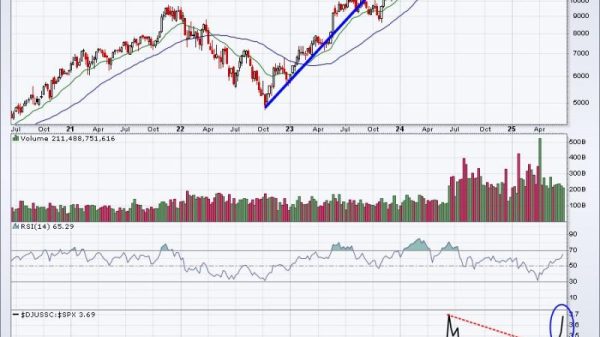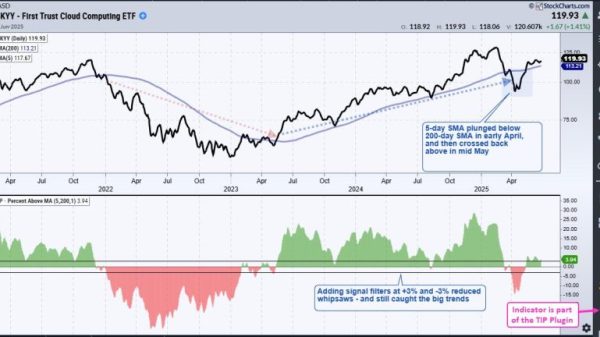Senate Majority Whip Richard J. Durbin (D-Ill.) broke with his party to express concerns over a decision to stop enforcing the dress code for members, urging the Senate to act to maintain “standards” on the Senate floor.
“Well, I’m concerned about it,” Durbin, the No. 2 Senate Democrat, told journalist Steve Scully in an interview clip that published in advance Thursday. The full interview will air Friday on “the Briefing with Steve Scully” on the SiriusXM POTUS channel.
Senate Majority Leader Charles E. Schumer (D-N.Y.) recently directed the chamber’s sergeant-at-arms to no longer enforce its unwritten, selectively enforced dress code of business attire, handing senators the power to wear whatever they want on the Senate floor.
The policy change means the nation’s 100 senators have free rein to choose how they dress while they conduct some of the nation’s most important business. The Senate’s previous policy encouraged men to wear suits and ties and women to cover their arms.
Since the change was announced, much of the attention has been focused on Sen. John Fetterman (D-Pa.), who can frequently be seen in the halls of the Senate in his signature basketball shorts and hoodies.
“The senator in question from Pennsylvania is a personal friend, but I think we need to have standards when it comes to what we’re wearing on the floor of the Senate,” Durbin said in the radio interview, referring to Fetterman. “And we’re in the process of discussing that right now as to what those standards will be.”
Asked why he thought Schumer made the change, Durbin demurred and suggested that the two had not spoken yet on the matter.
“I can’t understand exactly what he was thinking at that point,” Durbin said. “I want to give him the benefit of the doubt until I speak to him but I think the Senate needs to act on this.”
Sen. Joe Manchin III (D-W.Va.) also appeared to oppose the change in dress code. A spokesperson in his office told The Washington Post that he will introduce a bipartisan resolution next week “to ensure the Senate dress code remains consistent with previous expectations.”
Durbin and Manchin join a majority of Republican senators who have spoken out against stopping enforcement of the dress code, arguing that the sartorial rules upheld the sanctity of the institution.
On Tuesday, all but three Republican senators published a letter to Schumer criticizing the change and imploring him to reverse his decision.
“Allowing casual clothing on the Senate floor disrespects the institution we serve and the American families we represent,” wrote the Republican senators, led by Sen. Rick Scott of Florida.
Announcing the missive, Scott called the Senate floor “a special place.”
“It’s not hard to show it some respect and dress like a grown up,” he wrote on X, the social media site formerly known as Twitter.
Sens. Mike Braun (Ind.), Katie Boyd Britt (Ala.) and Josh Hawley (Mo.) were the only Republican senators who did not sign the letter.
This isn’t the first time in recent history that the dress code at the U.S. Capitol changed. In 2017, several female members of Congress posed for a group photo baring their arms to celebrate a change in the dress code that allowed sleeveless tops and open-toed shoes. Two years later, the House voted to allow religious headwear for the first time since 1837, after the first Muslim women were elected to Congress.
Herb Scribner, Ashley Fetters Maloy and Mariana Alfaro contributed to this report.





























